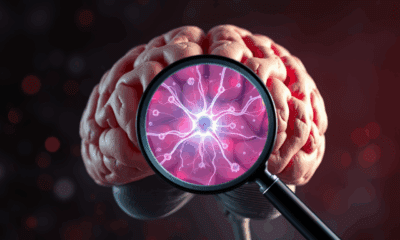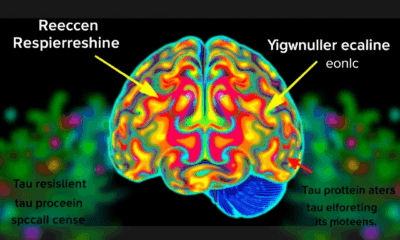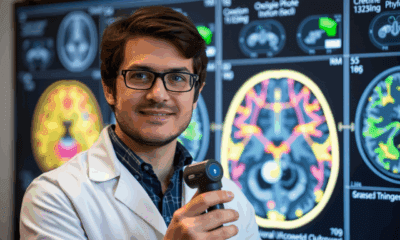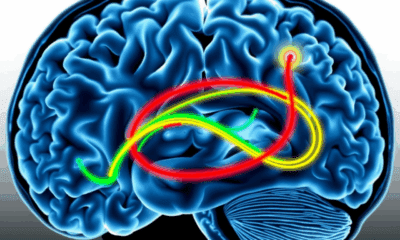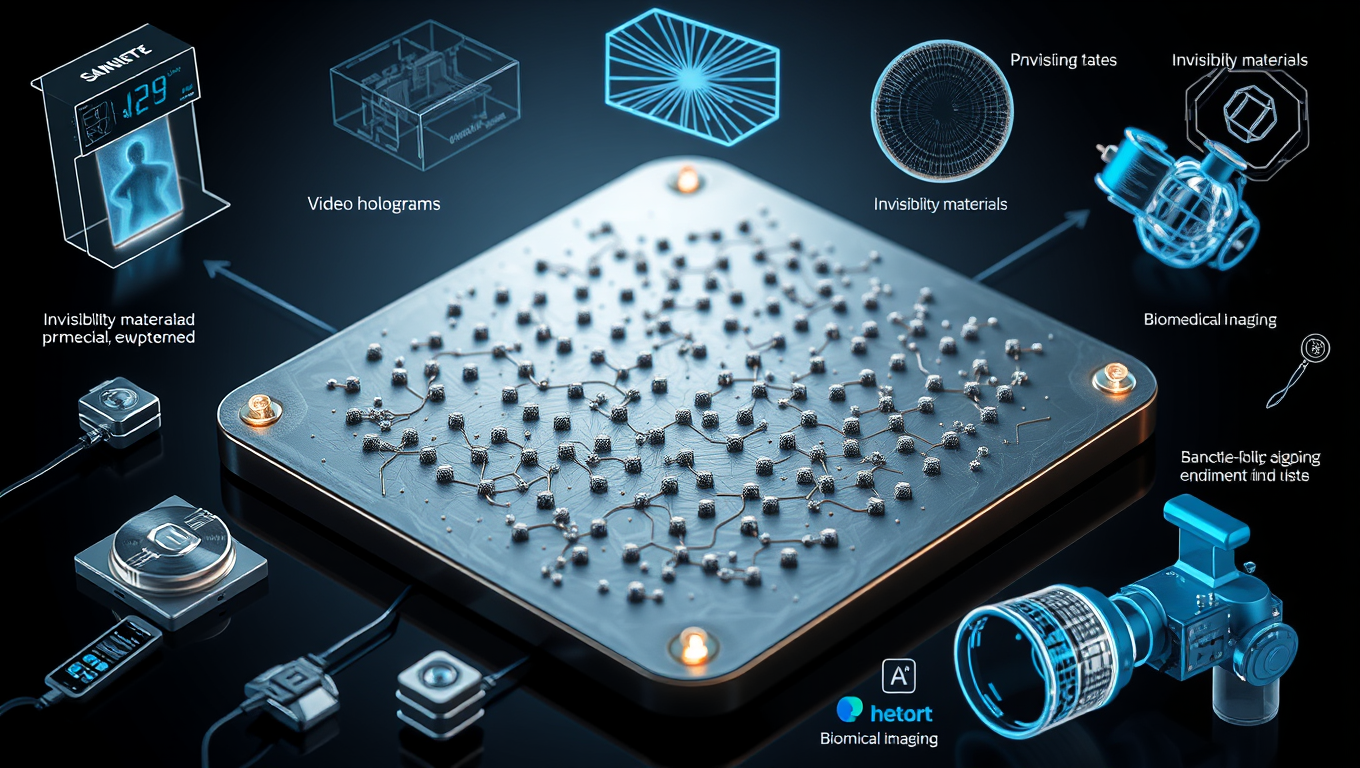While we try to keep things accurate, this content is part of an ongoing experiment and may not always be reliable.
Please double-check important details — we’re not responsible for how the information is used.
Computer Graphics
The Power of Perception: How Pain and Fear Can Weaken Our Sense of Body Ownership
A study found that when people were told to imagine their virtual bodies in pain, their brains resisted the illusion of ownership. Their findings could provide insights into why some people may struggle with feeling connected to their own bodies, particularly in contexts involving depersonalization or negative physical states.
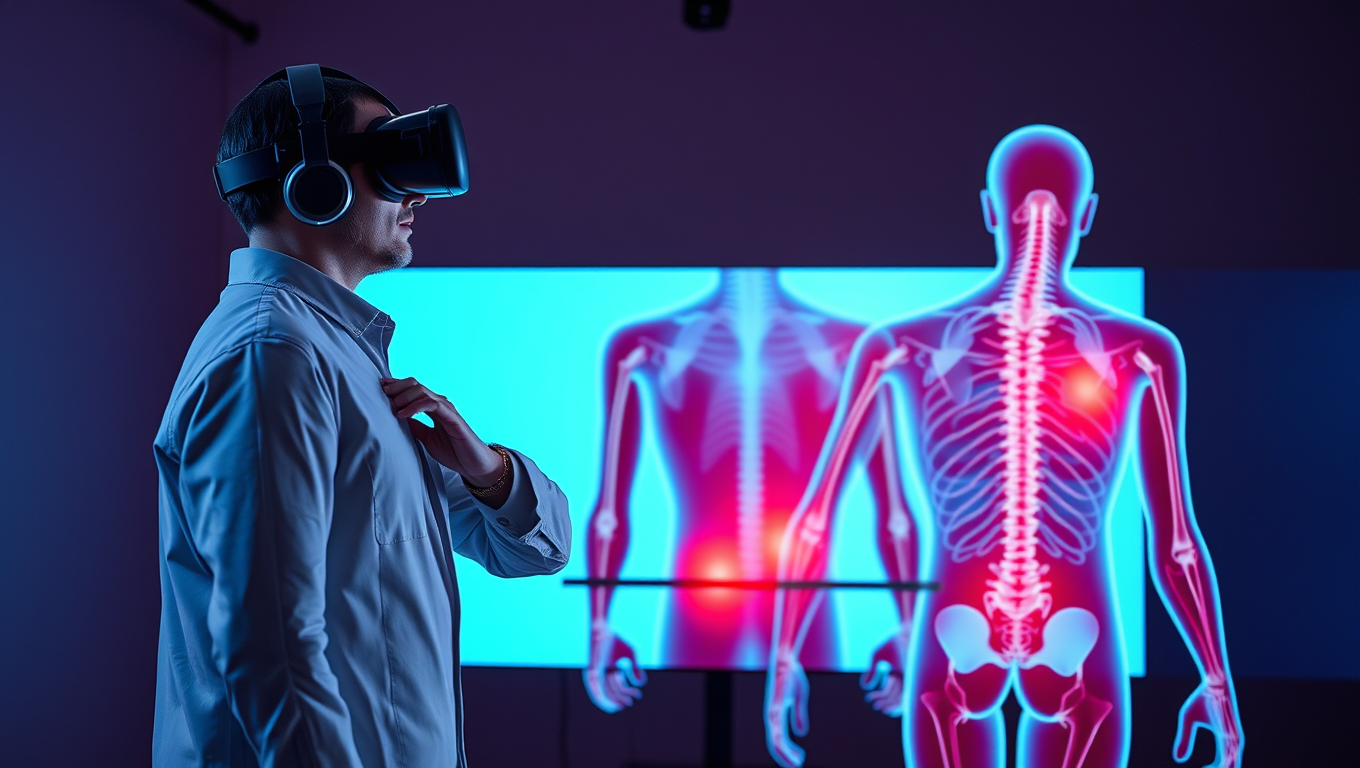
Artificial Intelligence
Transistors Get a Boost: Scientists Develop New, More Efficient Material
Shrinking silicon transistors have reached their physical limits, but a team from the University of Tokyo is rewriting the rules. They’ve created a cutting-edge transistor using gallium-doped indium oxide with a novel “gate-all-around” structure. By precisely engineering the material’s atomic structure, the new device achieves remarkable electron mobility and stability. This breakthrough could fuel faster, more reliable electronics powering future technologies from AI to big data systems.
Computer Graphics
“The Power of Pixelation: Metasurface Technology Displays 36 High-Resolution Images on a Single Surface”
New technology that uses light’s color and spin to display multiple images.
Artificial Intelligence
Major Breakthroughs in Flat and Adjustable Optics: A New Era for Practical Applications
By carefully placing nanostructures on a flat surface, researchers have significantly improved the performance of so-called optical metasurfaces in conductive plastics. This is a major step for controllable flat optics, with future applications such as video holograms, invisibility materials, and sensors, as well as in biomedical imaging.
-

 Detectors3 months ago
Detectors3 months agoA New Horizon for Vision: How Gold Nanoparticles May Restore People’s Sight
-

 Earth & Climate4 months ago
Earth & Climate4 months agoRetiring Abroad Can Be Lonely Business
-

 Cancer4 months ago
Cancer4 months agoRevolutionizing Quantum Communication: Direct Connections Between Multiple Processors
-

 Agriculture and Food4 months ago
Agriculture and Food4 months ago“A Sustainable Solution: Researchers Create Hybrid Cheese with 25% Pea Protein”
-

 Diseases and Conditions4 months ago
Diseases and Conditions4 months agoReducing Falls Among Elderly Women with Polypharmacy through Exercise Intervention
-

 Albert Einstein4 months ago
Albert Einstein4 months agoHarnessing Water Waves: A Breakthrough in Controlling Floating Objects
-

 Chemistry4 months ago
Chemistry4 months ago“Unveiling Hidden Patterns: A New Twist on Interference Phenomena”
-

 Earth & Climate4 months ago
Earth & Climate4 months agoHousehold Electricity Three Times More Expensive Than Upcoming ‘Eco-Friendly’ Aviation E-Fuels, Study Reveals

